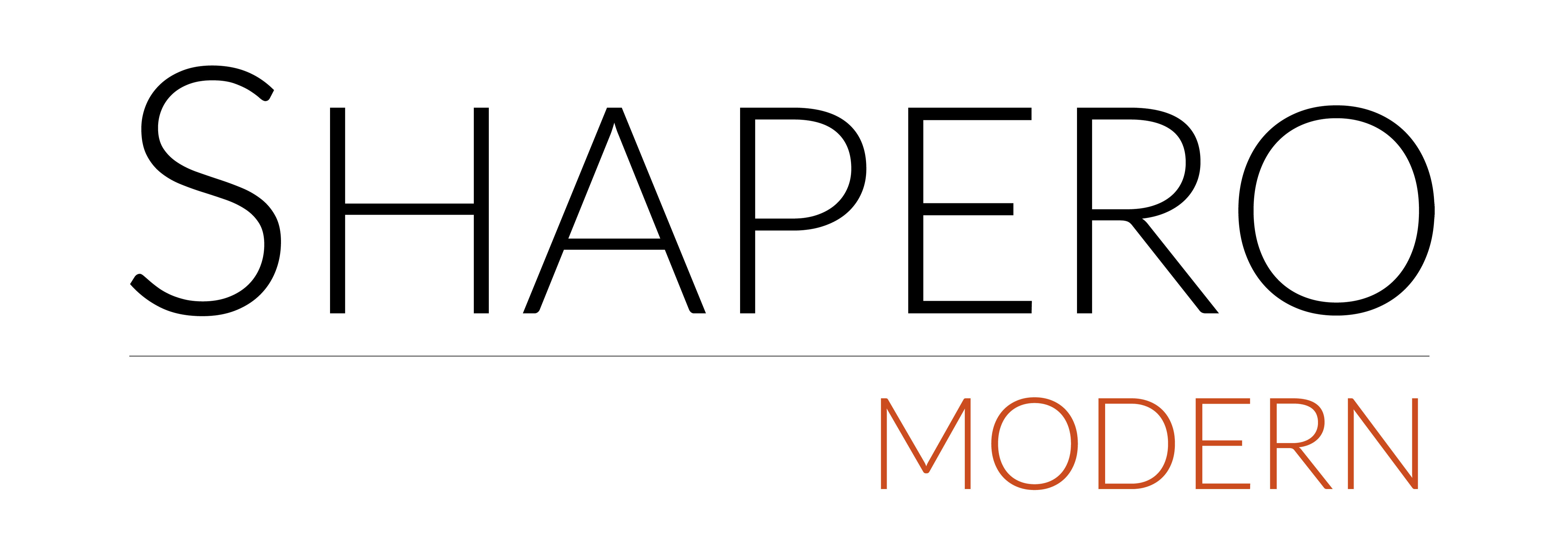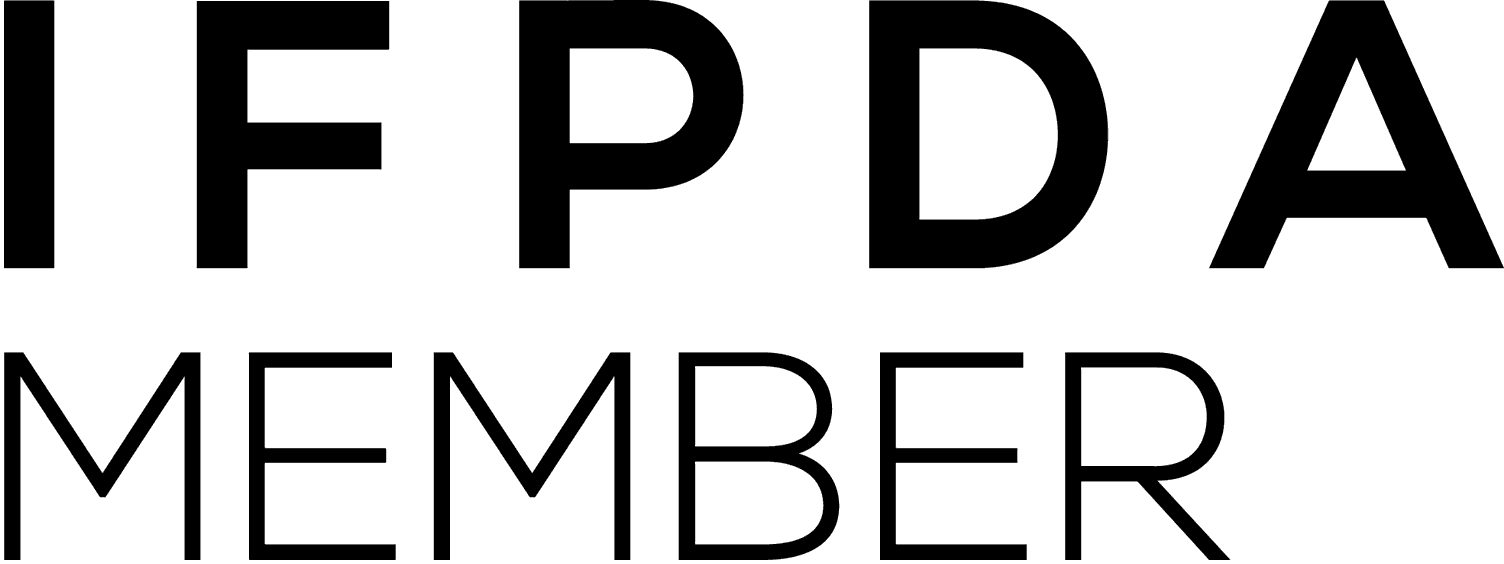Ai Weiwei
Send me more information on Ai Weiwei
Ai WeiWei (1957 – Present) was born in North West China, but sent to a labour camp in Beidahuan, Heilongijang when Ai was one year old where he was raised for the early years of his life. His father Ai Quing’s involvement in an Anti-Rightist Movement caused their exile shortly after to Shihezi, Xinjiang, where he spent the duration of his childhood. Upon Mao Zedong’s death, the family returned to Beijing in 1976.
Following the family’s return home, Ai enrolled in the Beijing Film Academy to study animation in 1978. He was one of the founders of the avant-garde art group the Stars alongside contemporaries Ma Desheng, Wang Keping, Mao Lizi, Huang Rui, Li Shuang, Ah Cheng and Qu Leilei. Stars disbanded in the 1980s, but Ai participated in regular shows recollecting the ten years the group had been together, including at the Hanart Gallery in 1989 and the retrospective exhibition in Neijing in 2007 Origin Point.
Ai moved to the USA in 1981, among the earliest of students to study abroad following China’s reform in 1980 enabling him to take the TOEFL in 1981. Ai lived in Philadelphia and then San Francisco, studying English at the University of California, Berkely. Ai studied at Parsons School of Design in New York City following this and attended the Art Students League of New York from 1983 - 1986. He initially made a living by drawing street portraits and working odd jobs. Immersing himself in the rapidly popularising Pop Art scene, Ai began creating conceptual art. Ai branched into photography, his famed collection now known as the New York Photographs debuting to huge success. Ai returned to China after his father became ill in 1993, and whilst he was there he helped to establish the experimental artists’ Beijing East Village. In 1999, Ai built a studio house in Beijing, which was his first architectural project. Ai founded the architecture studio FAKE Design in 2003, and co-curated the art exhibition Fuck Off with Feng Boyi in Shanghai.
In 2011, Ai was arrested and jailed. Released after 81 days, the government confiscated his passport. His release was in part due to the uproar of the Art World against his charges of tax evasion; the Solomon R. Guggenheim Foundation and the International Council of Museums both organized petitions, collecting almost 100,00 signatures calling for his release. When he reclaimed his passport in 2015, Ai moved to Berlin, living in a studio as a base to create his international work. Ai exhibited regularly, seminal exhibitions including Ai’s 176 portraits constructed of Lego being mounted at the Hirshhorn Museum in Washington, D.C. (2017), his permanent exhibit of his Two Iron Trees at the Shrine of Book in 2017, Journey of Laziz in the Israel Museum and, at the Park Avenue Armory, his exhibit Hansel and Gretel in 2017.
Ai is the Artistic Director of China Art Archives & Warehouse which he co-founded in 1997. The experimental gallery and archive concentrate on experimental art from the People’s Republic of China, initiating and facilitating exhibitions both in China and internationally. In September 2019, the Mildred Lane Kemper Art Museum at Washington University in St. Louis opened with a major exhibition of work entitled Ai WeiWei: Bare Life. Ai is collected world-wide, including at the Tate, London; Arken, London; Brooklyn Museum, New York and the RA, London. His architectural collaborations, including the Beijing National Statium and the Serpentine Pavilion, are stationed internationally and have consistently been met with critical acclaim.





